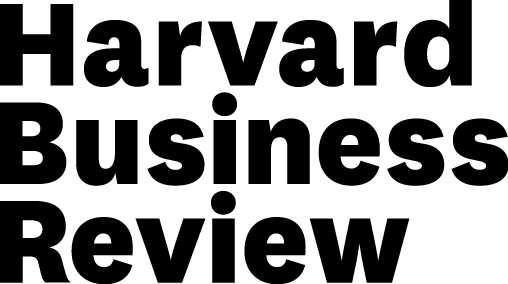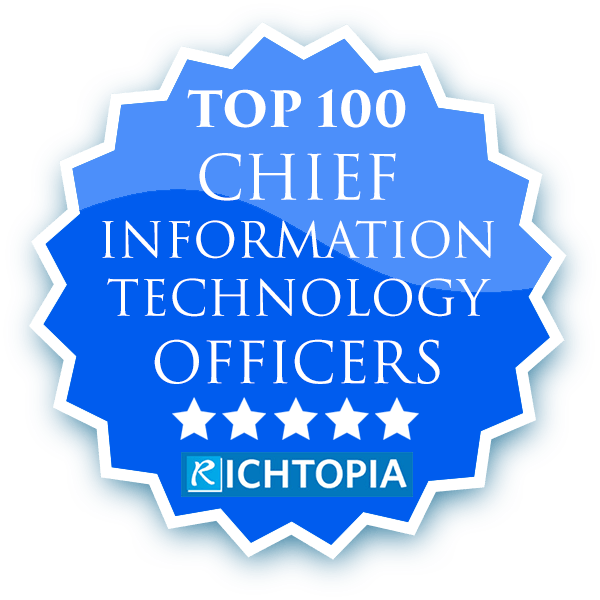Confidence plays a crucial role in our day-to-day lives. When you boost your confidence, you can tackle challenges, express yourself better, and achieve your goals. But did you know that your physical health can have a significant impact on your confidence levels? Here we will explore seven health habits that will not only improve your overall health but also build your confidence. Let’s dive in!
1. Balanced Diet
A well-balanced diet is essential for a healthy body and mind. Eating a variety of nutritious foods can help you maintain a healthy weight, improve your mood, and increase your energy levels. All these factors contribute to a more confident you. Here are some tips for a balanced diet:
- Consume plenty of fruits and vegetables: Aim for at least five servings per day.
- Choose whole grains: Opt for brown rice, whole wheat bread, and quinoa instead of refined grains.
- Prioritize lean proteins: Include fish, poultry, beans, and tofu in your meals.
- Limit processed and sugary foods: These can cause energy crashes and mood swings.
2. Regular Exercise
Engaging in regular physical activity is vital for boosting your confidence. Exercise releases endorphins, the “feel-good” hormones, which help improve your mood and self-esteem. Additionally, regular exercise contributes to better sleep, increased energy levels, and weight management. To reap these benefits, aim for at least 150 minutes of moderate-intensity exercise or 75 minutes of vigorous-intensity exercise per week.
3. Adequate Sleep
Sleep is crucial for your mental and physical well-being and helps boost your confidence. Lack of sleep can lead to irritability, decreased concentration, and low energy levels, all of which can negatively impact your confidence. To ensure optimal sleep, follow these tips:
- Establish a sleep schedule: Go to bed and wake up at the same time every day.
- Create a relaxing bedtime routine: Engage in calming activities like reading, meditation, or a warm bath before bedtime.
- Limit screen time before bed: Blue light from screens can interfere with your sleep.
- Make your bedroom a sleep-friendly environment: Keep it dark, cool, and quiet.
4. Massage
Regular massages can help you relax, reduce stress, and alleviate muscle tension. All of these benefits contribute to a more confident and resilient you. You can opt for professional massages or try self-massage techniques to enjoy the benefits of massage therapy. Incorporating massage into your routine can enhance your overall well-being and improve your self-esteem.
5. Mindfulness and Meditation
Practicing mindfulness and meditation can have a profound impact on your mental health and confidence levels. Mindfulness teaches you to be present in the moment, allowing you to acknowledge and accept your thoughts and feelings without judgment. Meditation, on the other hand, helps reduce stress, improve focus, and promote self-awareness. By incorporating these practices into your daily routine, you can develop a more positive and confident mindset.
6. Hydration
Proper hydration is essential for overall health and well-being. Staying well-hydrated helps maintain your energy levels, supports brain function, and keeps your skin looking radiant. All these factors contribute to a confident and healthy you. Aim to drink at least 8-10 glasses of water per day, and remember that your hydration needs may increase with exercise or hot weather.
7. Social Connections
Maintaining strong social connections can help boost your confidence. Surrounding yourself with positive and supportive people can provide a sense of belonging and help you develop a more optimistic outlook on life. Engage in activities that foster social connections, such as joining clubs, volunteering, or participating in group sports. Building a support network can significantly improve
7 Health Habits to Boost Your Confidence
Adopting these seven health habits – a balanced diet, regular exercise, adequate sleep, massage, mindfulness and meditation, proper hydration, and nurturing social connections – can significantly boost your confidence. By prioritizing your well-being, both physically and mentally, you’ll foster a more positive and resilient mindset. Embrace these habits to not only improve your overall health, but also to unlock your full potential and confidently face life’s challenges.







